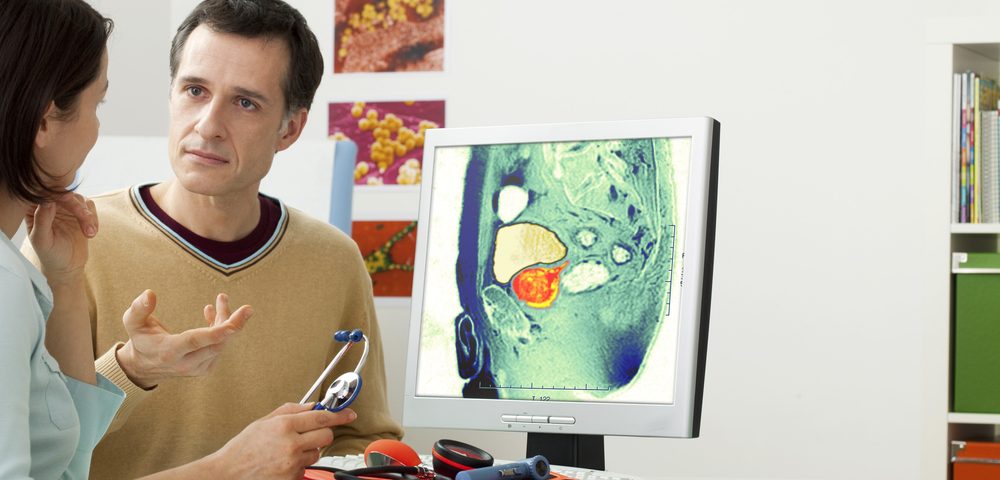The National Institute for Health and Care Excellence (NICE), part of UK’s Department of Health, is recommending GreenLight XPS laser for the treatment of patients with benign prostatic hyperplasia (BPH) who are not considered high risk for complications.
Treatment could benefit 13,600 current patients and result in significant annual cost-savings for the NHS.
Through GreenLight XPS treatment, a laser is applied to the prostate in order to remove excess prostate tissue, relieve blockage in the urethra, and clear the channel for normal urine flow.
Major benefits of the procedure include quicker recovery, shorter hospital stay and faster return to normal activity. Estimations indicate that the NHS could save up about 3 million euros per year by using the device instead of the more commonly utilized transurethral resection of the prostate (TURP).
In its official medical technology guidance report, NICE recommends the procedure only for low-risk patients because of insufficient high-quality clinical evidence to support its use on high-risk individuals. Low-risk patients include those without increased risk of bleeding; whose prostates are smaller than 100 mL; and those who do not experience urinary retention.
The official statement maintains that the GreenLight XPS device is at least as effective as TURP.
In a press release, the Director of the NICE Centre for Health Technology Evaluation Carole Longson agreed that enlarged prostates are not by themselves life threatening, but the removal of excess tissue will improve quality of life for thousands of men.
Longson supported further study on GreenLight XPS in order to expand treatment to other men.
“We recommend that specialists collaborate to collect and publish data if GreenLight XPS is used in treating enlarged prostates in men classed as high risk. This will help improve the evidence base and could enable future recommendations on its use in these patients,” Longson said.
NICE further recommends that hospitals that adopt the laser device treatment also plan for service redesign in order to guarantee appropriate day-case treatment delivery.

